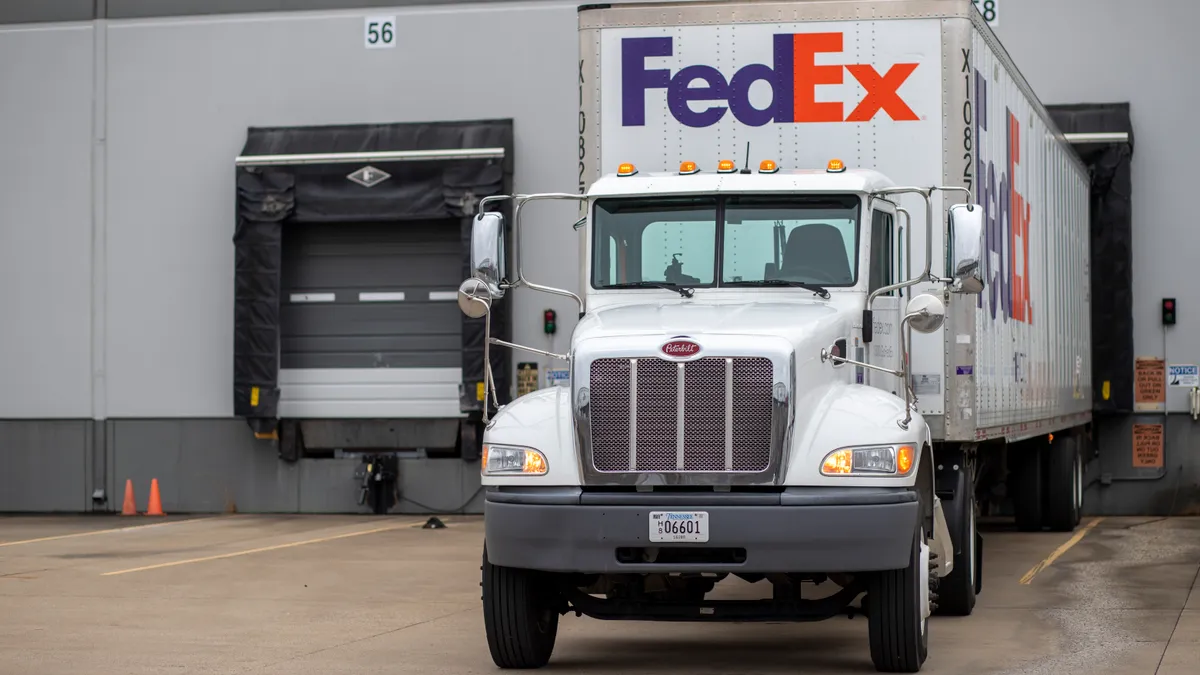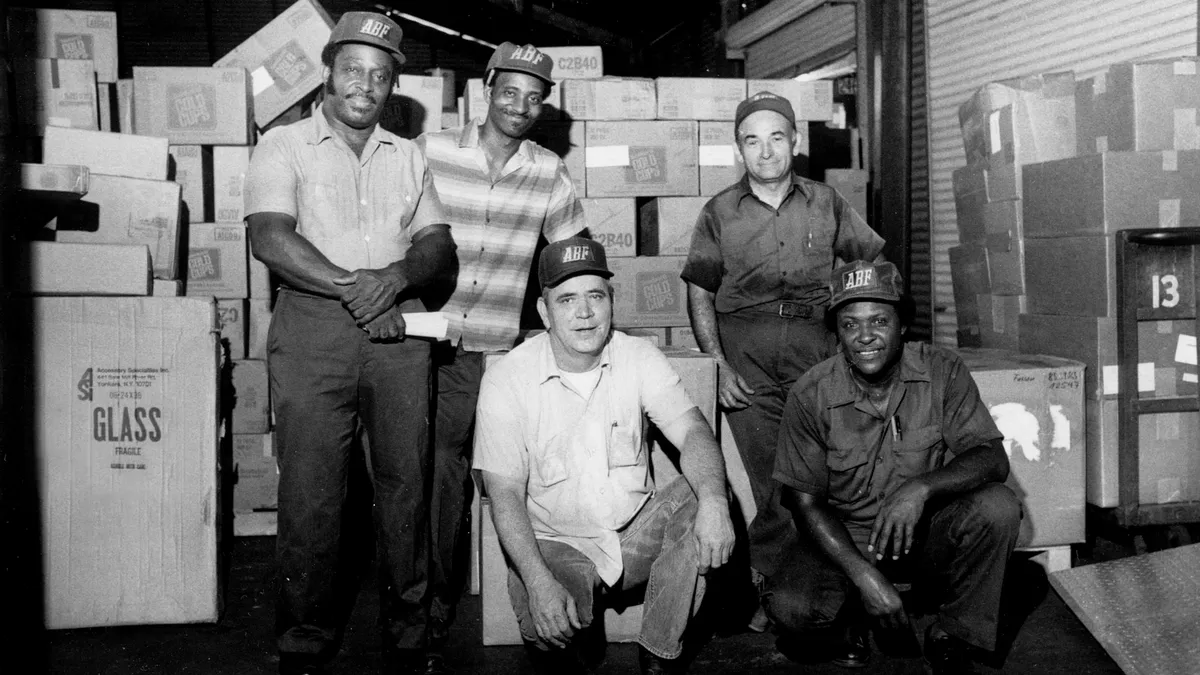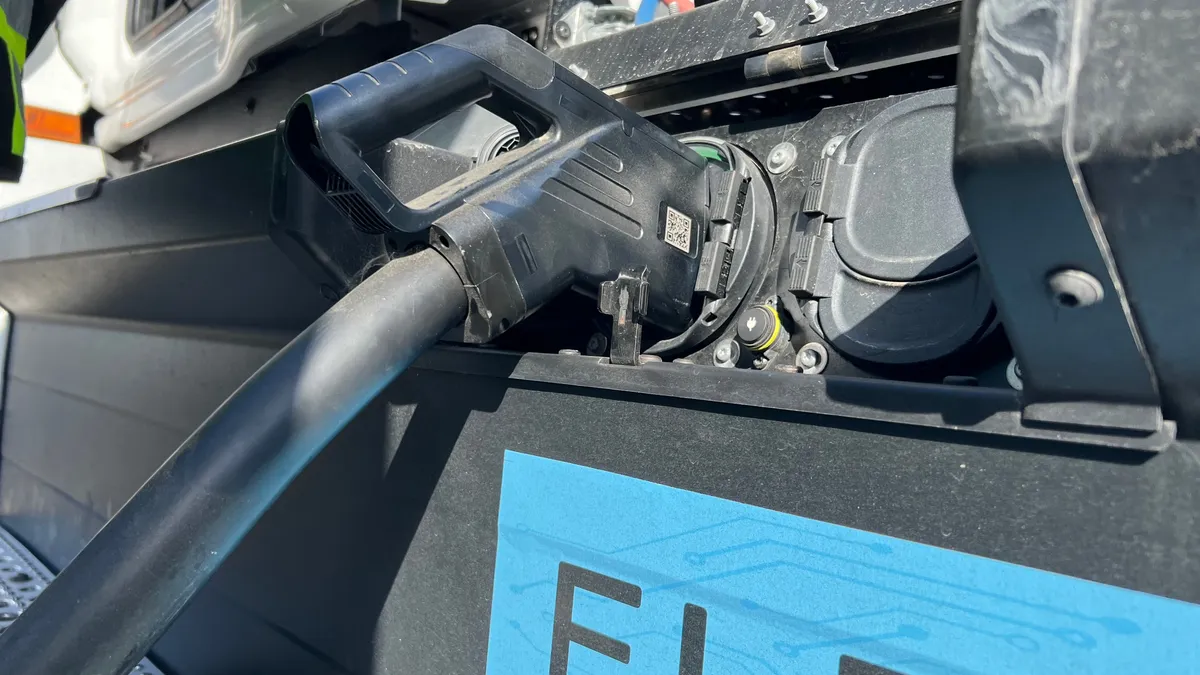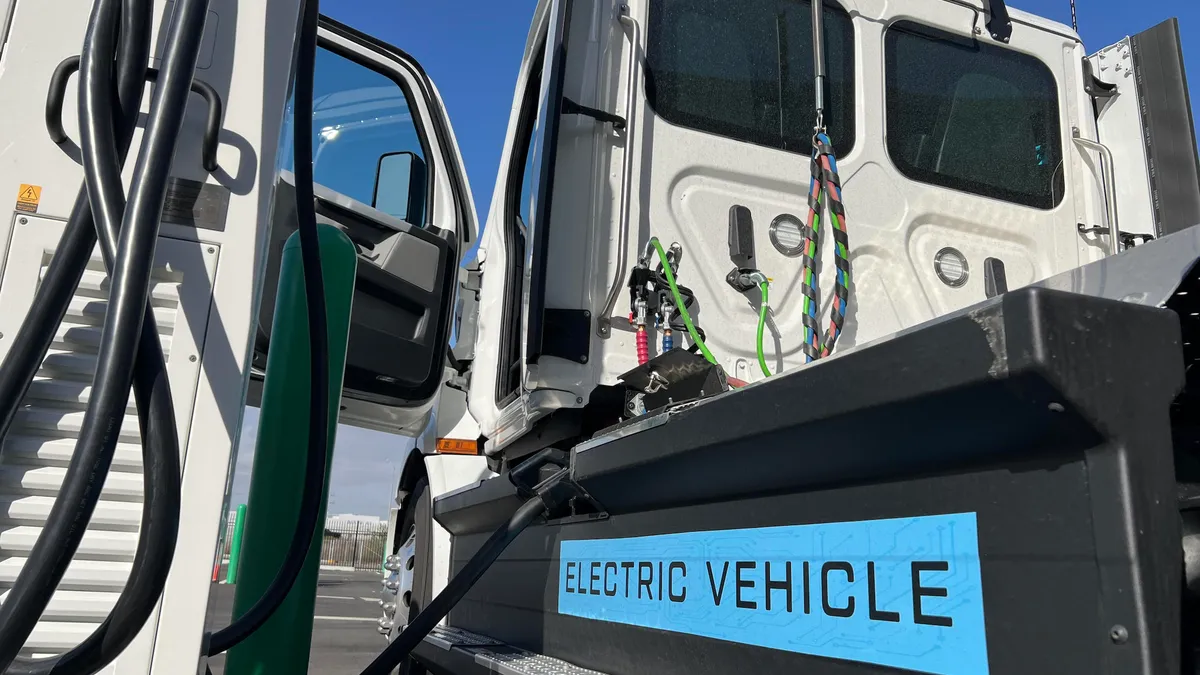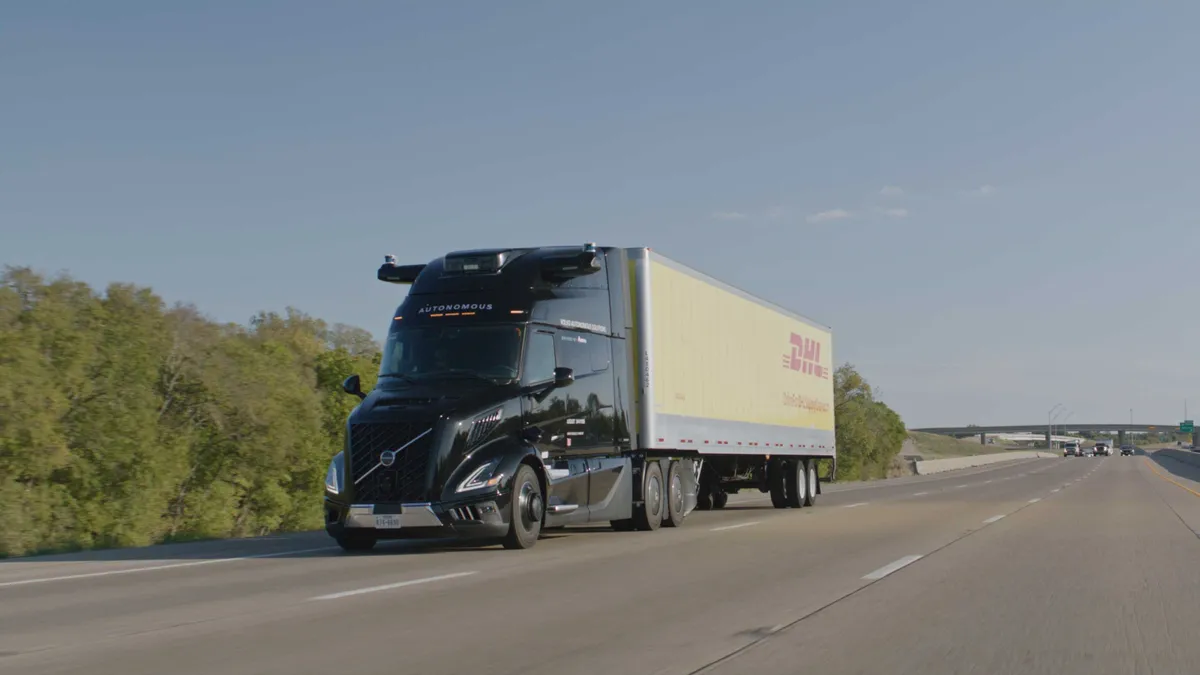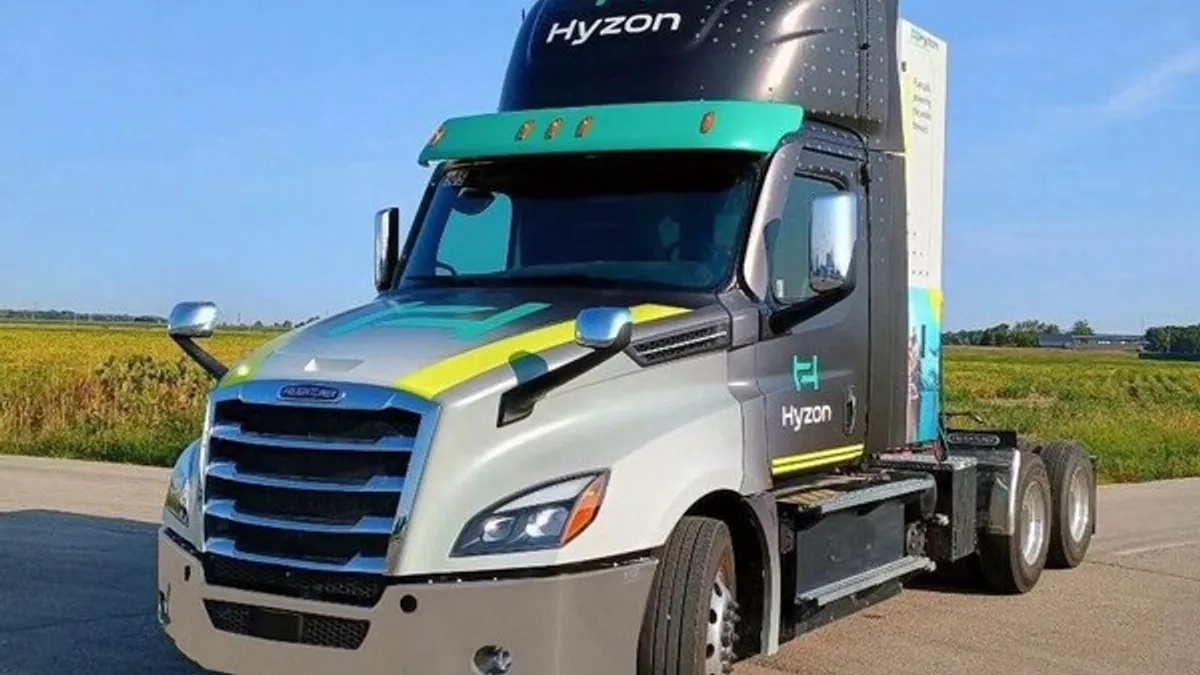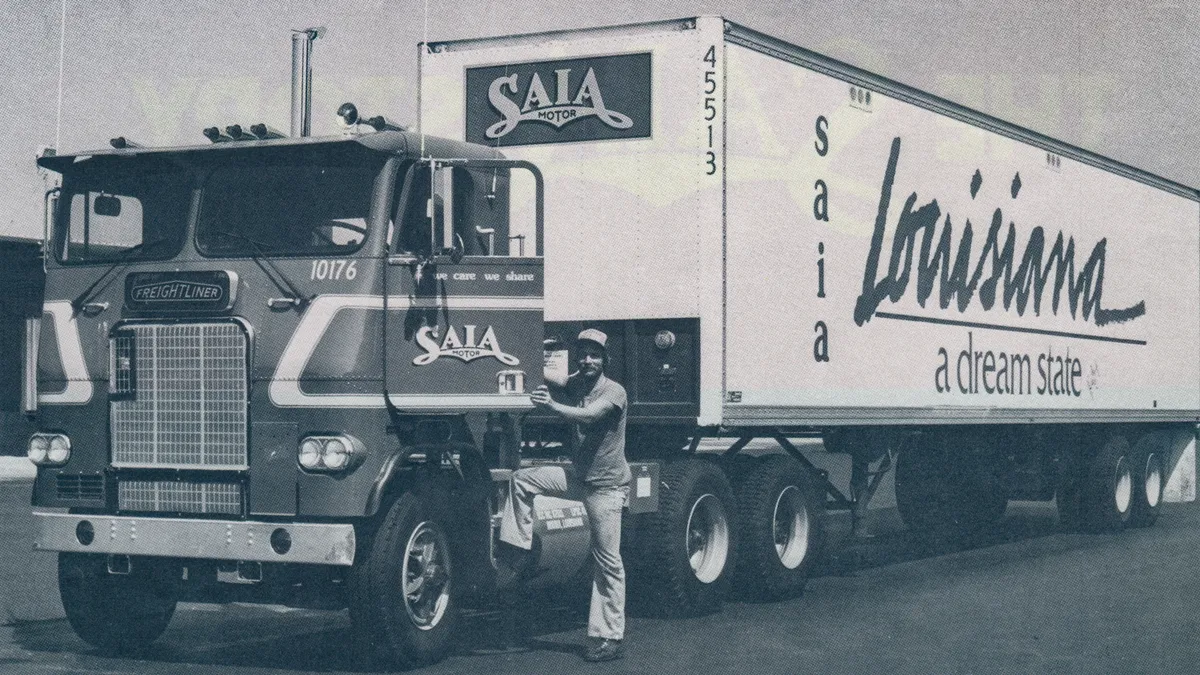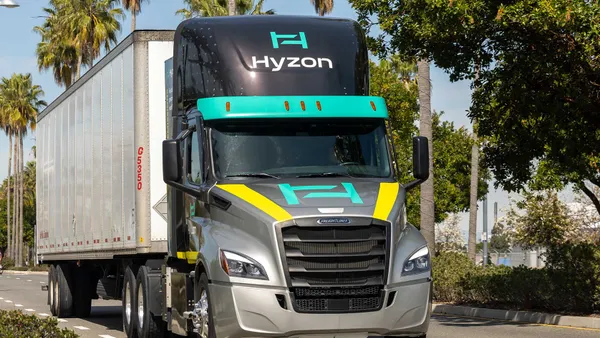A manufacturing slowdown of new Class 8 tractors has rippled through the used truck market since the pandemic began, sending prices up more than 70%, and signaling to fleets that they should likely hold on to their older models until things normalize.
The tightness in the used-truck market has sent auction and retail prices up, to as high as $56,000 retail in March for an aerodynamic tractor between four years old and six years old, according to Chris Visser, senior analyst and product manager for J.D. Power.
Visser said a comparable tractor could bring $50,000 per unit at auction. Overall, late-model prices are up 70% since early 2020.
Even accounting for the pandemic-related woes of the first half of 2020, analysts said they are surprised. The pandemic appears to have kicked off a string of market oddities and other unforeseen circumstances that have roiled the used-truck market. Yet some things remain intact, such as economics' main rule.
"We have been unable to bend the laws of supply and demand in the used-truck market," said Steve Tam, ACT Research vice president. "We don't have nearly the flow of trade ... we would like to have."
Tam said used tractors surging in price mirrors the used-car market, which is also seeing price elevation. Visser said used-truck prices are the highest since the Great Recession ended.
A demand surge meets a supply dip
Culprits responsible for the tightness in the new-truck market are also making trouble in the used-truck market. It started with the pandemic and the shutdowns and slowdowns in March 2020, which led OEMs to make tractors at a slower rate.
At the time, it seemed the market would absorb the reduced production. Spot prices plunged in April 2020, and a dreary recession caused by the shutdowns was looming. But consumers had other things in mind as far as freight, Visser said.
Consumers shifted more of their activity to goods as the services sector shuttered, Visser said. That led to the freight boom and a rise in TL spot prices.
Tam noted the average dry van per-mile rate was $2.59 last month, up from $1.64 per mile during the nadir of April 2020. Tam said spot prices were a main driver of the used-truck phenomenon. Fleets and owner-operators scrambled to get more trucks on the road, and demand for tractors grew steadily.
A freight boom drives a rise in spot prices
The spike in used-truck prices also has many other causes. Prices began to rise in Q4, Visser said, but they have really taken off since February.
February was sandwiched between two incidents that caused OEMs long-term headaches and bottlenecked the supply chain of Class 8 truck manufacturing.
On Oct. 20, a fire struck at an AKM factory in Japan. It took four days to extinguish. But a bigger chip-related impact hit in March 20, a Renesas Electronics factory caught fire. Renesas Electronics has almost a third of market share, according to IHS Markit.
Semiconductor chips are used as many as 35 times in a tractor, according to Don Ake, FTR vice president of commercial vehicles.
The chip issue has gotten a lot of ink, but Tam said other shortages have also vexed Class 8 manufacturing, from a dearth of resins for interior trim, to a slowdown in production of wire harnesses used to connect the power systems to central batteries.
The wire-harness issue is not new, Tam said, and started before the pandemic.
"We've been challenged by those for a year and a half," said Tam.
A seller's market
Fleets with older models have usually been eager to offload them, if only to buy newer models that will improve fuel efficiency and cut down on maintenance. But with OEMs slowing down and prices going up for used trucks, fleets are stuck between a rock and a hard place — only, the hard place is attractive prices for the used tractors.
If fleets sell older trucks, they do not necessarily know when the OEMs can provide new ones. And if they hold onto old models, they face aging equipment. If fleets face new-model wait lists, it's easy to hold on to the older trucks, Tam said.
But big fleets found the allure of prices compelling.
Scott Parker, Ryder System's CFO, told analysts during an April 28 earnings call that used truck sales enhanced the fleet's bottom line.
"Higher earnings reflect improved used-vehicle sales results and a declining depreciation expense impact related to the prior residual value estimate changes," said Parker. "We're very encouraged by the continued improvement in used-vehicle market conditions, resulting in double-digit price increases for both tractors and trucks."
But the higher prices climb, the harder they crash — sometimes. Tam and Visser said they believe the elevated prices for used tractors will normalize in Q4.
Visser said he doesn't expect a price crash, but in Q4, fleets will begin supplying the market with more used trucks, which will naturally drive down prices and balance the market.
Tam said another balancing force will be spot and contract rates coming down, which will lower demand for used trucks. Still, Tam said he expects the freight aspect to remain in the mix.
"Freight will continue to grow," said Tam.






